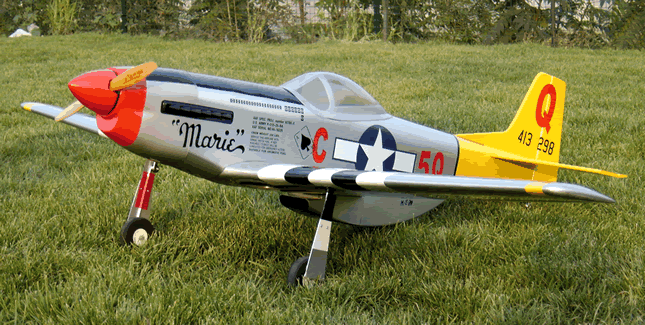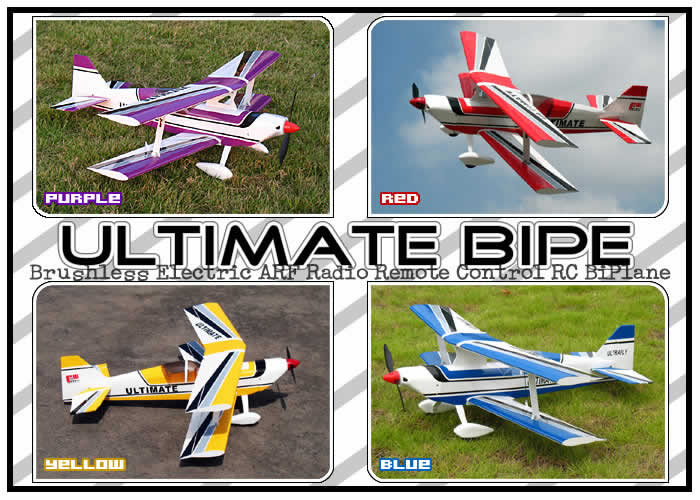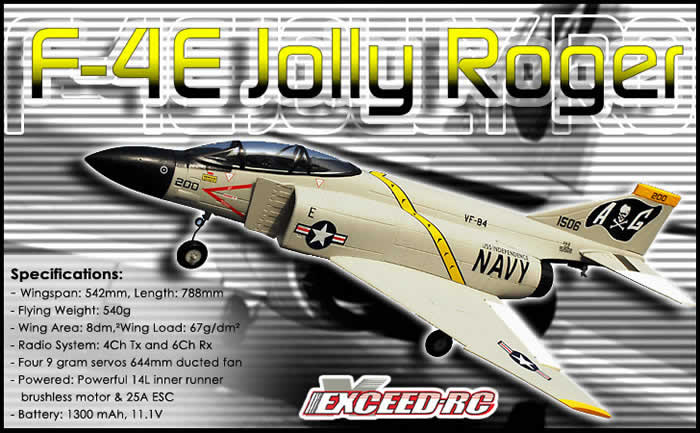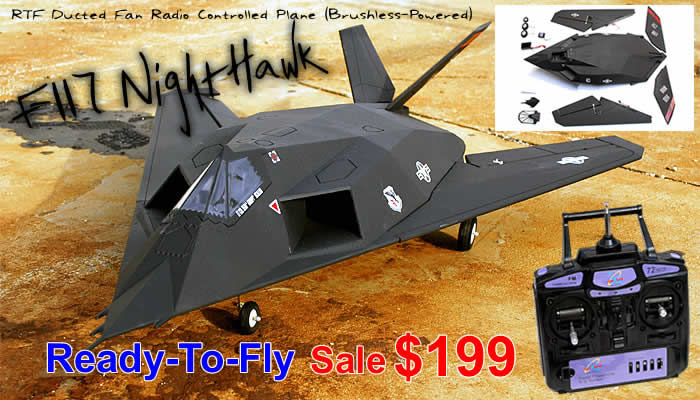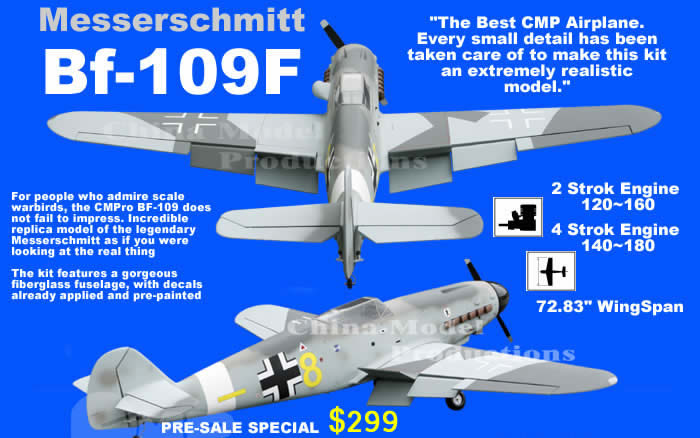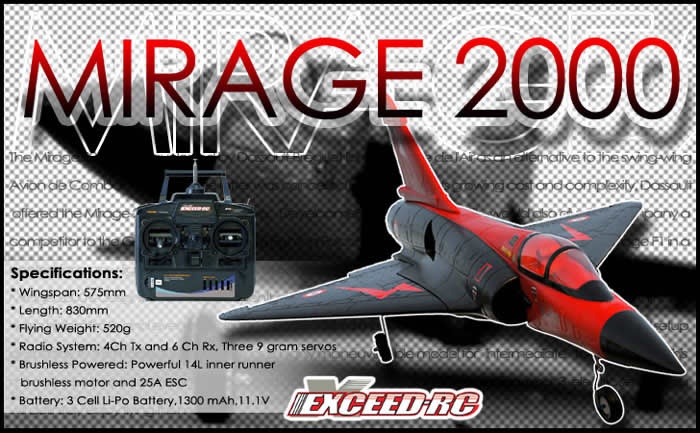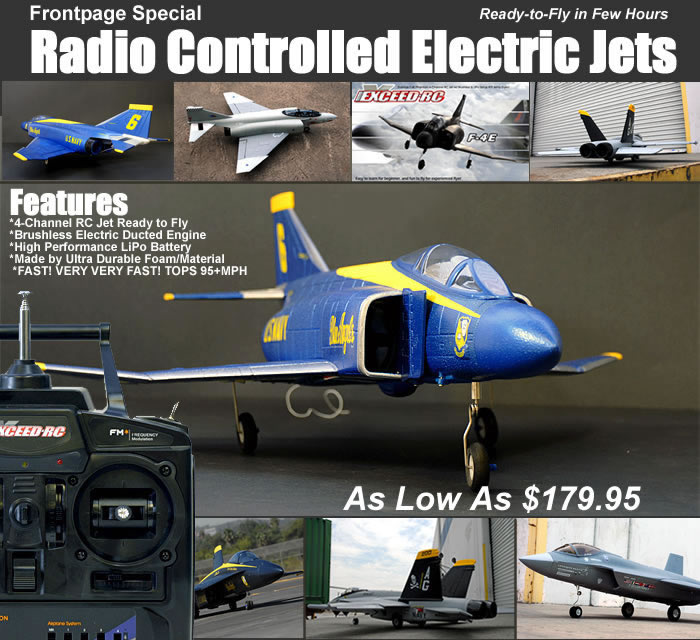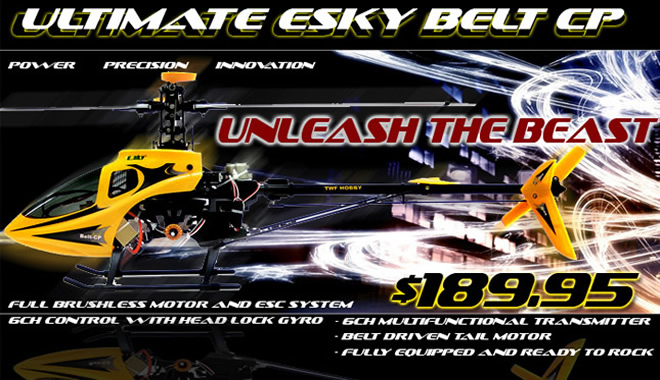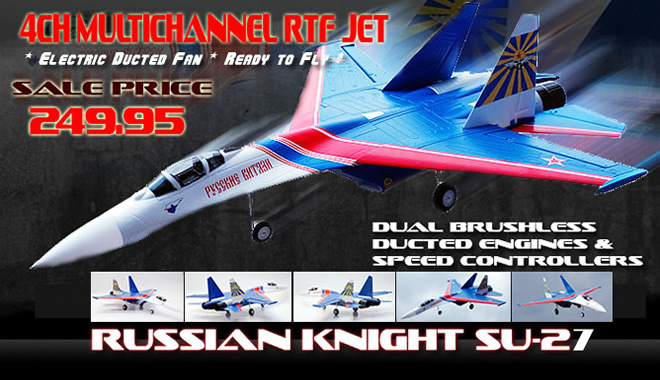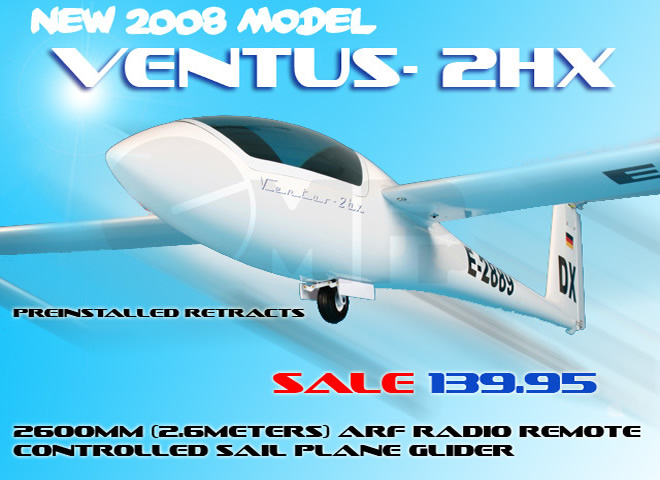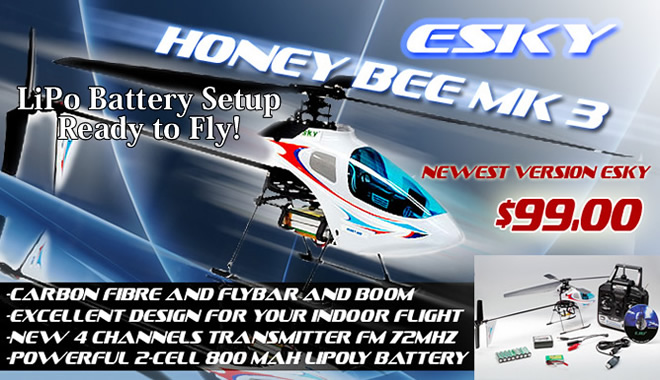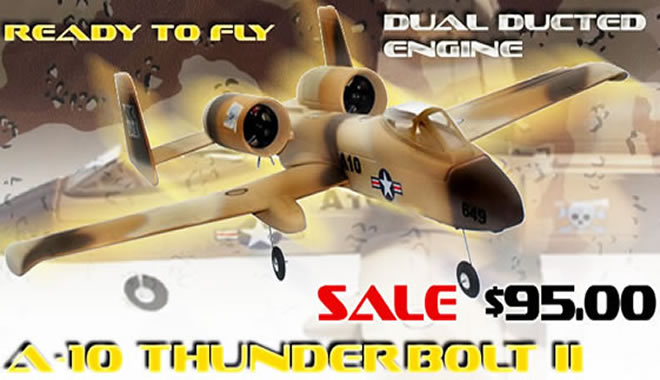
 |

THE BELOW LINKS CONTAIN DETAILED AIRLINE, MILITARY JETS, TEST AIRCRAFT, AIRPLANE FACT SHEETS AND AEROSPACE INFORMATION
THE BELOW LINKS CONTAIN AVIATION, MILITARY, AIRCRAFT VIDEOS, PICTURES, FACTS, INFORMATION, AUDIO, HISTORY, MOVIES AND PHOTOS

THE BELOW LINKS CONTAIN FLIGHT TRACKING, AIRPORT INFO, AVIATION PIONEERS, USAF REFERENCES, NTSB FACTS AND AVIATION WEATHER
THE BELOW LINKS CONTAIN INFORMATION ON AIRLINES IN CURRENT SERVICE TODAY AND ALSO BANKRUPT US AIRLINE COMPANIES (DEFUNCT)
REMOTE AND RADIO CONTROLLED AIRCRAFT AND AIRPLANES
(A/C) FACTS INFORMATION AND PICTURES
We offer RC Airplanes, Radio Controlled Planse, Remote Control, R/C, ARF Planes, Hobby-Lobby RC, LanierRC, Greatplanes, TowerHobbies, Nitro Model RC, NitroPlanes, BiPlanes, Brushless Motors, Cap 232, Cessna Skylane 182, E-Flights, Electric Helicopters, Electric Planes, Extra 300s, F6-F Hellcats, Focke-Wulf FW, Gadgets, Gee Bee, J-3 Piper Cubs, Lancair, Long EZ Voyager, Other Toys, P-38 Lightning, P-40 Warhawk, P-47 Thunderbolts, P-51D Mustangs, Red Arrow, Scale Models, Spitfire MK2, Sports Aerobatics, SukHoi, Super Chipmunks, Tiger Moth, Trainers, Transall C-160, Twin Engines ARF, Ultimate BiPlane, Warbirds, Zero Fighters A6M5, airplane rc, airplane remote control, balsa model airplanes, brushless motor, brushless servo motor, control line model airplanes, rc helicopter, 3d heli |
Honey Bee King 2 | Extra 5% Off Entire Order at Nitroplanes.com, No Minimum Purchase Required!
Coupons & Deals at Nitroplanes.com | Electric RC Planes RTF / ARF
| Click here to visit HobbyTron.com
Fuel or Electric Falcon 25 -39.4" Winspan ARF Radio Remote Controlled Nitro Gas Pusher RC Jet for $79.95
Low prices on RC airplane and helicopter parts and upgrades | Free Shipping on selected items at HobbyTron.com
USAF BOBCAT 50 - 51" Nitro Gas Powered Radio Remote Control RC Airplane Jet Plane for $99.95 | Trend Times Hobby Store
eSky 4CH Helicopter Co-co Lama Version 3 Micro Heli Radio Remote Control RC Helicopter RTF for $69.95
HobbyTron.com Blow Out Specials - Up to 30% Off | Trend Times Toy Store has a wide selection of RC airplanes
Hot New Products Like RC Helicopters Are On Sale Today. Free Shipping Too!
Save 10% at Raidentech.com using coupon code: CJ10 ($50.00 minimum purchase required)
Honey Bee King 2 | Extra 5% Off Entire Order at Nitroplanes.com, No Minimum Purchase Required!
Coupons & Deals at Nitroplanes.com | Electric RC Planes RTF / ARF
| Click here to visit HobbyTron.com
Fuel or Electric Falcon 25 -39.4" Winspan ARF Radio Remote Controlled Nitro Gas Pusher RC Jet for $79.95
Low prices on RC airplane and helicopter parts and upgrades | Free Shipping on selected items at HobbyTron.com
USAF BOBCAT 50 - 51" Nitro Gas Powered Radio Remote Control RC Airplane Jet Plane for $99.95 | Trend Times Hobby Store
eSky 4CH Helicopter Co-co Lama Version 3 Micro Heli Radio Remote Control RC Helicopter RTF for $69.95
HobbyTron.com Blow Out Specials - Up to 30% Off | Trend Times Toy Store has a wide selection of RC airplanes
Hot New Products Like RC Helicopters Are On Sale Today. Free Shipping Too!
Save 10% at Raidentech.com using coupon code: CJ10 ($50.00 minimum purchase required)
RADIO CONTROLLED AIRCRAFTRadio-controlled airplanes (also called RC airplanes) are small airplanes that can be controlled remotely. They use radio control with a hand-held transmitter and a receiver within the craft. The receiver controls the corresponding servomechanisms that move the control surfaces based on the position of joysticks on the transmitter, which in turn maneuvers the plane. RC planes as a hobby has been internationally growing due to the availability of smaller, relatively inexpensive parts and advancing technologies. A variety of models and styles are available to suit any preference or budget. Due to the availability and advances in high performance electric batteries and motors, a growing number of hobbyists are flying electric powered craft instead of gas powered craft, because of their ease of construction and the absence of fuel mess and fuss. Scientific, government and military organizations are also utilizing RC aircraft for experiments, gathering weather readings, aerodynamic modeling and testing, and even use them as drones or spy planes. TYPES OF RC AIRPLANES There are many types of radio-controlled airplanes. For beginning hobbyists, there are park flyers, and trainers. For more advanced pilots there are glow plug engine, electric powered and sailplane aircraft. For expert flyers, jets, pylon racers, helicopters, and other high end competition aircraft provide adequate challenge. PARK FLYERS AND TRAINERS Park flyers, as the name implies, are small, easy to fly electric aircraft. They are designed with the average flyer in mind, requiring an area no bigger than a park to fly. They are low budget and easy to fly. Trainers are similar to park flyers in that they are on the docile side and are comparatively inexpensive, however, they are bigger and are usually glow (gas) engine powered. SCALE AND SPORT PLANES These are larger aircraft, like scale and sport planes. They are usually more expensive and take quite a bit of skill to fly. SAILPLANES AND GLIDERS Gliders are planes that do not usually have any form of propulsion. As most gliders are unpowered, flight must be sustained through exploitation of the natural lift produced from thermals and wind hitting a slope. JETS Jets tend to be very expensive and commonly use a turbine or ducted fan to power them. These aircraft can often reach speeds in excess of 200 mph. They require incredibly quick reflexes and very expensive equipment, so are usually reserved for the expert. RACERS Racers are small propeller aircraft that race around a 2, 3, or 4 pylon track. They tend to be hard to see and get up to the 150 mph range. HELICOPTERS Radio-controlled helicopters, although often grouped with RC airplanes, are in a class of their own because of the vast differences in construction, aerodynamics and flight training. Hobbyists will often venture from planes, to jets and to helicopters as they enjoy the challenges, excitement and satisfaction of flying.
NUMBER OF CHANNELS The number of channels a plane has determines how many mechanisms can be controlled on the plane. Typically, planes will have 3 to 4 channels:
Other channels can be used for landing gear, camera shutters, lights, bomb-droppers, ect. The right and left ailerons move in opposite directions. However, aileron control will often use two channels to enable mixing of other functions on the transmitter. For example when they both move downward they can be used as flaps (flaperons), or when they both move upward, as spoilers (spoilerons). Some airplanes, such as the Concorde do not have an elevator. When that function is mixed with ailerons the surfaces are known as elevons. Each of these mixes are common on radio control planes. Three channel RC planes are common. Either ailerons or rudder is eliminated. If the rudder is eliminated, turning is accomplished by rolling the plane left or right and applying the correct amount of up-elevator. If the ailerons are eliminated, the wing needs to have a significant amount of dihedral (V-bend in the wing). The rudder will turn the plane so that one wing will turn into the wind, causing it to lift and roll the airplane. Many trainers and electric park fliers use this technique. POWERPLANTS - INTERNAL COMBUSTION ENGINES For larger and heavier models, the most popular powerplant is the glow-engine, a form of internal combustion engine. Glow-engines appear similar to small gasoline motorcycle-engines, but glow-engines are considerably simpler in operation. The simplest (and cheapest) glow-engines use a two-stroke cycle engine, glow plug to burn fuel, and an external ignition system (a dry cell or other low voltage source). This ignitor battery is only used for starting. After the engine is running, the platinum metal filament in the glow plug continues to glow, from a catalytic reaction with the methanol vapor present in all glow-engine fuels, and the battery can be removed. The fuel is a mixture of slow burning methanol, nitromethane, and oil lubricant (castor oil or synthetic oil). The reciprocating action of the cylinders applies torque to a crankshaft, which is the power-output of the engine. Vendors of model engines rate size in terms of engine displacement. Common sizes range from as small as 0.01 cubic inch (in³) to over 1.0 in³ (0.16 cc - 16 cc). As Richard Feynman mentioned in his famous There's Plenty of Room at the Bottom lecture, the speed an engine can rotate without breaking tends to go as the inverse of the linear dimension (inverse 1/3 power of the displacement). However, the intake air flow improves less quickly than that with small scale, due to decreasing Reynolds number and, eventually, to viscous flow. Not all simple internal combustion model airplane engines use glow plugs. There are also "diesels", that used to be popular in Europe. These also are carbureted, not fuel injected. They have an adjustable compression ratio and burn a more easily ignited mixture of ether and kerosene (with lubricating oil). These are preferred for endurance competition, because of the higher energy content of the fuel. Internal combustion (IC) engines are also made in upscale (and up-price) configurations. Increasingly popular variations include four-strokes, which appeared in modern form as early as 1976, and which usually use much less fuel (important for the higher cost of glow-fuel) and are much more easily quieted down with mufflers, two- and four-stroke twin and multi-cylinder engines, and spark-ignition gasoline-powered units. These are becoming increasingly popular for giant scale models, which are typically considered to be 25% the size of the real plane, or larger. All IC engines generate substantial noise (and engine exhaust) and require routine maintenance. In the scale RC community, glow-engines have been the mainstay, but electric power for small and beginner planes, and gasoline power for larger planes are two rapidly expanding areas. ELECTRIC MOTORS In electric-powered models, the powerplant is a battery-powered electric motor. Throttle control is achieved through an electronic speed controller (ESC), which regulates the motor's output. Electric-flight was tested on model aircraft in the 1970s, but high-cost prevented widespread adoption within the industry until the early 1990s, where falling costs of motors, control systems and, crucially, more practical battery technologies came on the market. Electric-power has made substantial inroads into the park flyer and 3D-flyer markets. Both markets are characterized by small and lightweight models, where electric-power offers several key advantages over gas engines: greater efficiency, higher reliability, less maintenance, much less messy and more quiet flight. The 3D-flyer especially benefits from the near-instantaneous response of an electric-motor and the high power-to-weight ratios possible from Lithium-polymer batteries and brushless motors. As the size of a model aircraft increases, the cost of electric-flight increases much more rapidly than traditional glow-engine flight. As of 2005, an electric-flight conversion for mid-large scale-models (above 0.60in³ glow-engine) is prohibitively expensive (>$400 USD). Most such models remain powered by the venerable glow-engine, as their pilots prefer the sound and smell of a genuine 4-stroke IC-engine. Solar-powered flight has been demonstrated, but is not yet practical for RC hobbyists. Smaller balsa kits will often come complete with the necessary parts for the primary purpose of non-flying modeling or rubber band flight. These kits will usually also come with conversion instructions to fly as glow (gas powered) or electric and can be flown free-flight or radio-controlled. Converting a kit requires additional and substitution parts to get it to fly properly such as the addition of servos, hinges, speed controls, control rods and better landing gear mechanisms and wheels. Many kits will come with a tissue paper covering that then gets covered with mulitple layers of plane dope which coats and strengthens the fuselage and wings in a plastic-like covering. It has become more common to cover planes with heat-curing plastic films ("heat shrink covering" or "solarfilm") that can be ironed on - a hand-held iron causes the film to shrink and adhere to the frame. This plastic covering is more durable and makes for a quick repair. Other varieties of heat shrinkable coverings are also available, that have fibrous reinforcements within the plastic film, or are actual woven heat shrinkable fabrics. It is common to leave landing gear off smaller planes (roughly 36" or smaller) in order to save on weight and construction costs. The planes can then be launched by throwing and can then land in soft grass. FROM SCRATCH OR PLANS Planes can be built from published plans, often supplied as full sized drawings with included instructions. Parts normally need to be cut out from sheet wood using supplied templates. Hobbyists that have gained some experience in contructing and flying from kits and plans will often venture into building custom planes from scratch. This involves finding drawings of full sized aircraft and scaling these down, or even designing the entire airframe from scratch. It requires a solid knowledge of aerodynamics and a plane's control surfaces. Plans can be drawn up on paper or done with CAD software. Many CAD packages exist for the specific purpose of designing planes and perfecting airfoils. HIGH WING The easiest planes to fly are typically ones that have a high wing, or a wing that is on top or above the plane's fuselage. Wing dihedrals (bend or change of angle in wing relative to fuselage) or polyhedrals are also common. Most trainers and park flyers have this configuration. These planes hold most of their weight under the canopy of the wing structure and tend to react more like a glider. For this reason, they are very stable and easy to fly. If a high wing plane is out of control, stability can often be regained by returning the controls back to a neutral position, allowing the plane to naturally fall back into a gliding position. Because of the wing shape, wing position, and drag under the wing due to the fuselage, these planes fly slower than their mid and low wing counterparts, but can usually do some aerobatic maneuvers. High wings are typical of many vintage private planes. For example, the Piper Cub and the Cessna 170. LOW WING Low wing planes offer a higher level of flying difficulty because the weight of the plane sits on top of the wing structure, making the balance a bit top heavy. Most wing configurations provide a slight dihedral to provide a bit more balance during flight. The weight distribution and wing position of a low wing plane provides a good balance of stability and maneuverability. The plane's weight is easier to move around the rotation axis during a roll because it is closer to the wing, requiring much less leverage than a high wing plane. Low wings are typical of WWII war planes and many newer passenger planes and commercial jets. MID WING PLANES Mid wing planes are usually considered the most difficult to fly. The wings are usually located right in the vertical middle of the plane, near the bulk mass of the plane. Very little leverage is needed to turn and rotate the plane's weight. Mid wings are often straight without any dihedral providing an almost symmetrical aerodynamic structure. This allows the plane to be relatively balanced whether rightside-up, upside-down, or any other position. This is great for military jets, sport planes and aerobatic planes, but less advantageous for the learning pilot. Because of this symmetry, the plane doesn't really have any natural or stable flying position, like the high wing planes, and will not automatically return back to a stable gliding position. JET AND ROCKET ENGINES A recent development is the use of small jet turbine and ducted fan engines in hobbyist models, both surface and air. Model-scale turbines resemble simplified versions of turbojet engines found on commercial aircraft, but are in fact new designs (not based upon scaled-down pre-existing commercial jet engines.) The first hobbyist-developed turbine was developed and flown in the 1980s, but only recently has commercial production made turbines readily-available for purchase. A ducted fan (usually electric) is an assembly of the spinning fan (a propeller with more blades), held inside a shaped-duct. Compared to an open-air propellor, a ducted-fan generates more thrust per crossectional-area. The shaped-duct often limits installation to recessed areas of the fuselage or wings. Ducted fans are popular with scale planes of jet-aircraft, where they mimic the appearance and feel of jet engines, as well as increasing the model's maximum airspeed. They are also found on non-scale and sport models, and even lightweight 3D-flyers. Like propellers, fan-units are modular components, and most fan-powered aircraft can accommodate a limited selection of different fan-units. Actual turbine engines are gas powered versions of the same general idea. Turbines require specialized design and precision-manufacturing techniques (some designs for model aircraft have been built from recycled turbocharger units from car engines), and consume a voracious mix of A1 jet fuel and synthetic motorcycle-engine oil. These qualities, and the turbine's high-thrust output, makes owning and operating a turbine-powered aircraft prohibitively expensive for most hobbyists. Turbine-powered and ducted fan planes attract large crowds at organized events; their authentic sound and high-speed make for excellent crowd pleasers. Pulse jet engines, operating on the same principle as the WW II V-1 flying bomb have also been used. The extremely-noisy pulsejet offers more thrust in a smaller package than a traditional glow-engine, but is not widely used. Rocket engines are sometimes used to boost gliders and sailplanes. In the 1950s, a type of model rocket motor called the Jetex engine was quite popular. The Jetex company also produced a pulse jet engine called the "Dynajet". Today, flyers mount readily-available model rocket engines to provide a single, short (< 10 second) burst of power. However, government regulations and restrictions have rendered rocket-propulsion unpopular even for gliders. FREQUENCIES AND SUB-CHANNELS Frequency determines the line of communication between a receiver and transmitter. The transmitter and receiver must both be on the same frequency so the plane can be controlled. Many countries reserve specific frequencies for radio control use. Due to the longer range and potentially worse consequences of radio interference, model aircraft have exclusive use of their own frequency allocation in some countries. USA and Canada reserved frequencies
UK and Spain reserved frequencies
Amateur Radio License reserved frequencies
Remarkably, there are specific bands in 35MHZ called A and B bands. Some European countries allows only use in A band, whereas others allow use in A and B band. SUB-CHANNELS RC aircraft in the USA utilize a 72 MHz frequency band for communication. The transmitter radio broadcasts on AM, FM using PPM or PCM. Each aircraft needs a way to determine which transmitter to receive communications from, so a flight channel, or sub-channel (range of frequency), is necessary. A crystal is put into the transmitter to allow it to communicate at a specific sub-channel to match the receiver in the aircraft. This is important so that two transmitters are not trying to control the same craft, resulting in an uncontrolled and potentially dangerous crash. For example, if a person is flying an airplane on channel 35, and someone else turns their radio on the same channel, the airplane's control will be compromised and the result is almost always a crash. For this reason, when flying at RC airfields, there is normally a board where hobbyists can post their sub-channel flag, so everyone knows what channel they are using, avoiding such incidents. A modern computer radio transmitter and receiver can be equiped with synthetizer technology, using a Phase Locked Loop (PLL), with the advantage of giving the pilot the opportunity to select any of the available channels with no need of changing a crystal. This is very popular in flying camps where a lot of pilots has to share a limited number of channels. |
We offer RC Airplanes, Radio Controlled Planse, Remote Control, R/C, ARF Planes, Hobby-Lobby RC, LanierRC, Greatplanes, TowerHobbies, Nitro Model RC, NitroPlanes, BiPlanes, Brushless Motors, Cap 232, Cessna Skylane 182, E-Flights, Electric Helicopters, Electric Planes, Extra 300s, F6-F Hellcats, Focke-Wulf FW, Gadgets, Gee Bee, J-3 Piper Cubs, Lancair, Long EZ Voyager, Other Toys, P-38 Lightning, P-40 Warhawk, P-47 Thunderbolts, P-51D Mustangs, Red Arrow, Scale Models, Spitfire MK2, Sports Aerobatics, SukHoi, Super Chipmunks, Tiger Moth, Trainers, Transall C-160, Twin Engines ARF, Ultimate BiPlane, Warbirds, Zero Fighters A6M5, airplane rc, airplane remote control, balsa model airplanes, brushless motor, brushless servo motor, control line model airplanes, rc helicopter, 3d heli |
© AviationExplorer.com - The Website For Aviation Enthusiasts |

